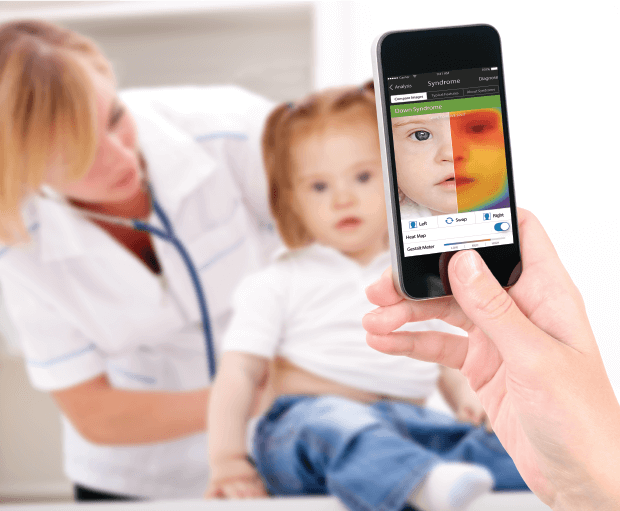What is Lionitis Disease?
Lionitis Disease is a genetic disorder characterized by the excessive hardening of bone, primarily of the face and skull.
Also known as craniodiaphyseal dysplasia (CDD), one of the first signs of the disorder that parents notice is widely-spaced eyes. Official diagnosis typically takes place before the age of two, however, as the main symptoms of Lionitis become evident very quickly.
Common symptoms
- Craniofacial hyperostosis: overgrowth of calcium in the bones of the face and skull
- Massive bone sclerosis: hardening of the bones
- Diaphyseal thickening: thickening of the shaft of long bones, such as the femur
- Frontal bossing: protruding forehead
- Abnormality of the ribs
- Intellectual disability
- Coarse facial features: thickened skin leading to indistinct facial features
- Depressed and wide nasal bridge
- Short stature
As affected children get older, other symptoms will appear, as a direct consequence of the disease progression.
These may include:
- Conductive hearing impairment: sounds are no longer carried to the inner ear as they should be
- Stenosis of the external auditory canal: the external auditory canal becomes narrower
- Optic atrophy: eyes begin to become smaller and weaker
- Epilepsy: seizures begin to occur
Diagnosis – Lionitis Disease
Lionitis Disease affects both sexes and all racial and ethnic groups equally. However, less than one in one million children receive a diagnosis of CDD.
Due to this rarity, doctors can only provide a prognosis on a case-by-case basis. While some sufferers have lived to their teen years, most children do not.
Additionally, the exact mechanism of inheritance is not clear. The disorder may be autosomal dominant or autosomal recessive, although some evidence points to there being both an autosomal dominant type and an autosomal recessive type.
Initial diagnosis of Lionitis Disease may begin with a genetic consultation.
Genetic consultations involve a comprehensive review of the patient’s medical history and family histories in addition to detailed physical examinations. Consultants will require blood samples for testing and X-ray imaging. They may also request biopsies.
The entire process will likely take place over the course of several clinic visits. The results of the tests will be sent back to the genetic counselor who can explain their findings. The counselor will then explain to parents their options for long term care options and provide recommendations for future care.
Since no cure has been found for this syndrome yet, care focuses on treatment, with a focus on minimizing the development of calcium deposits in the bones and improving the patient’s quality of life.
Treatment strategies
- Adopting a low-calcium diet
- Taking medication to regulate the absorption of calcium in the body
- Taking medication to minimize the growth of cells in charge of bone growth
- Taking anti-inflammatory drugs to reduce swelling
- Tracheal intubation if the disease progresses to the point where breathing becomes difficult
- Decompression treatments of the optic and orbital nerves
- Decompressive craniectomy, where part of the skull is removed to allow a swelling brain to expand without risking permanent brain damage
- Craniofacial remodeling
- Taking antibiotics or decompressing the eyes with warm cloths to reduce inflammation of the lacrimal sac which drains tears from the surface of the eye
- Dacryocystorhinostomy, surgery to correct blockage of the lacrimal sac
- Choanal stenosis surgery to enlarge the choana, the passage from the back of the nose to the throat
Timely and correct diagnosis will significantly improve outcomes of Lionitis Disease. And now, with new AI and health options, including online genetic counseling, concerned parents can receive diagnoses, consult with experts, and make appointments for treatments quickly and easily.







